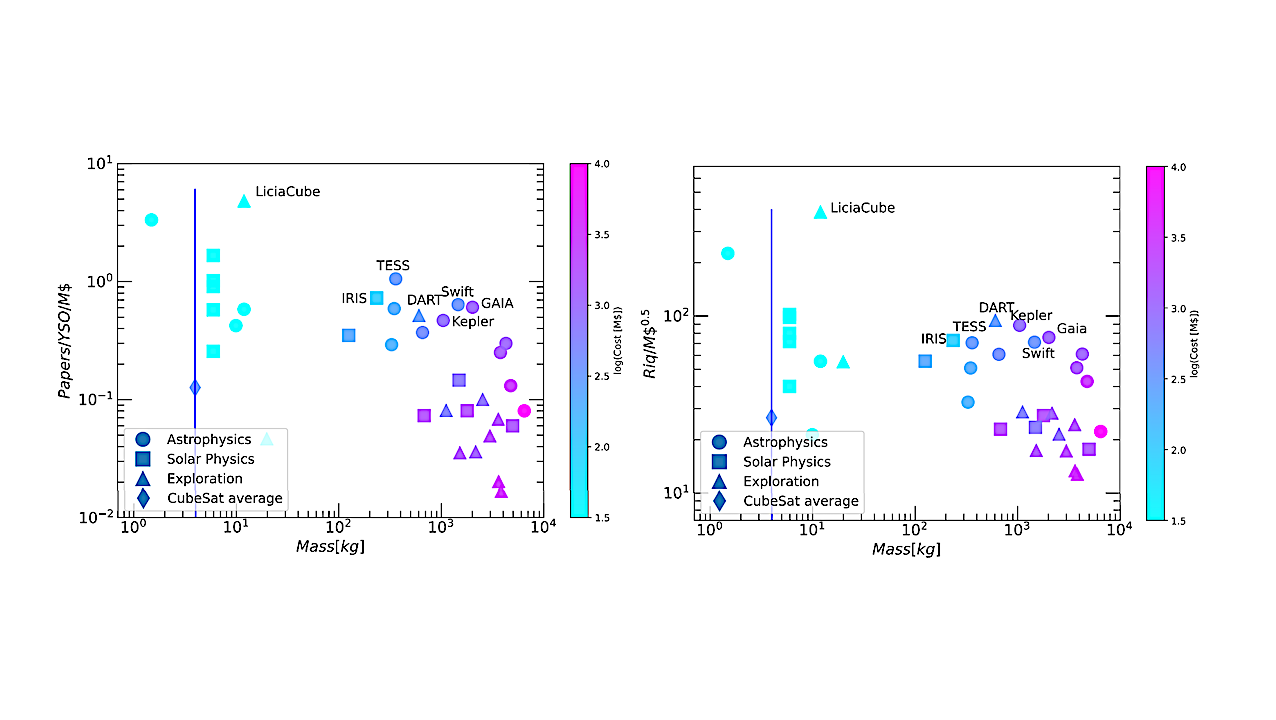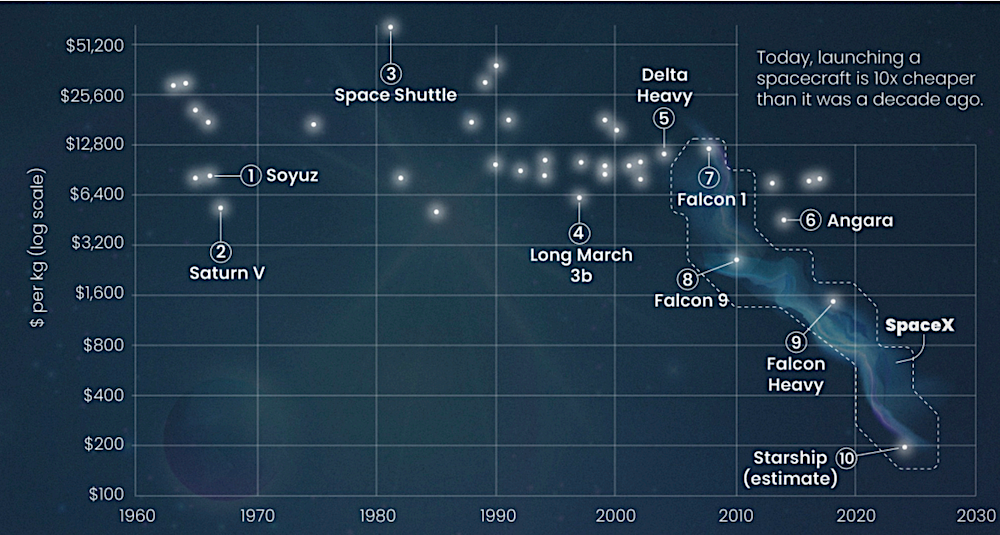Space Science And The Space Economy

Will it be possible in the future to realize large, complex space missions dedicated to basic science like HST, Chandra and JWST? Or will their cost be just too great?
Today’s space scene is completely different from that of even five years ago, and certainly from that of the time when HST, Chandra and JWST were conceived and built. Space-related investments have grown exponentially in recent years, with monetary investment exceeding half a trillion dollars in 2023.
This boom is largely due to the rise of the so-called ‘new space’ economy driven by private commercial funding, which for the first time last year surpassed public investments in space. The introduction of a market logic to space activities results in more competition, and a resulting dramatic cost and schedule reduction.
Can space science take advantage of the benefits of the new space economy to reduce cost and development time and at the same time succeed in producing powerful missions in basic science? The prospects for Europe and the USA are considered here.

Cost/kilogram to LEO versus year — astro-ph.IM
We argue that this goal would be attainable if the scientific community could take advantage of the three pillars underlying the innovation of the new space economy: (1) technology innovation proceeding through both incremental innovation and disruptive innovation, (2) business innovation, through vertical integration, scale production, and service oriented business model, and (3) cultural innovation, through openness to risk and iterative development.
F. Fiore, M. Elvis
Comments: Submitted to Space Policy
Subjects: Instrumentation and Methods for Astrophysics (astro-ph.IM)
Cite as: arXiv:2502.20922 [astro-ph.IM] (or arXiv:2502.20922v1 [astro-ph.IM] for this version)
https://doi.org/10.48550/arXiv.2502.20922
Focus to learn more
Submission history
From: Fabrizio Fiore
[v1] Fri, 28 Feb 2025 10:24:42 UTC (668 KB)
https://arxiv.org/abs/2502.20922
Astrobiology








